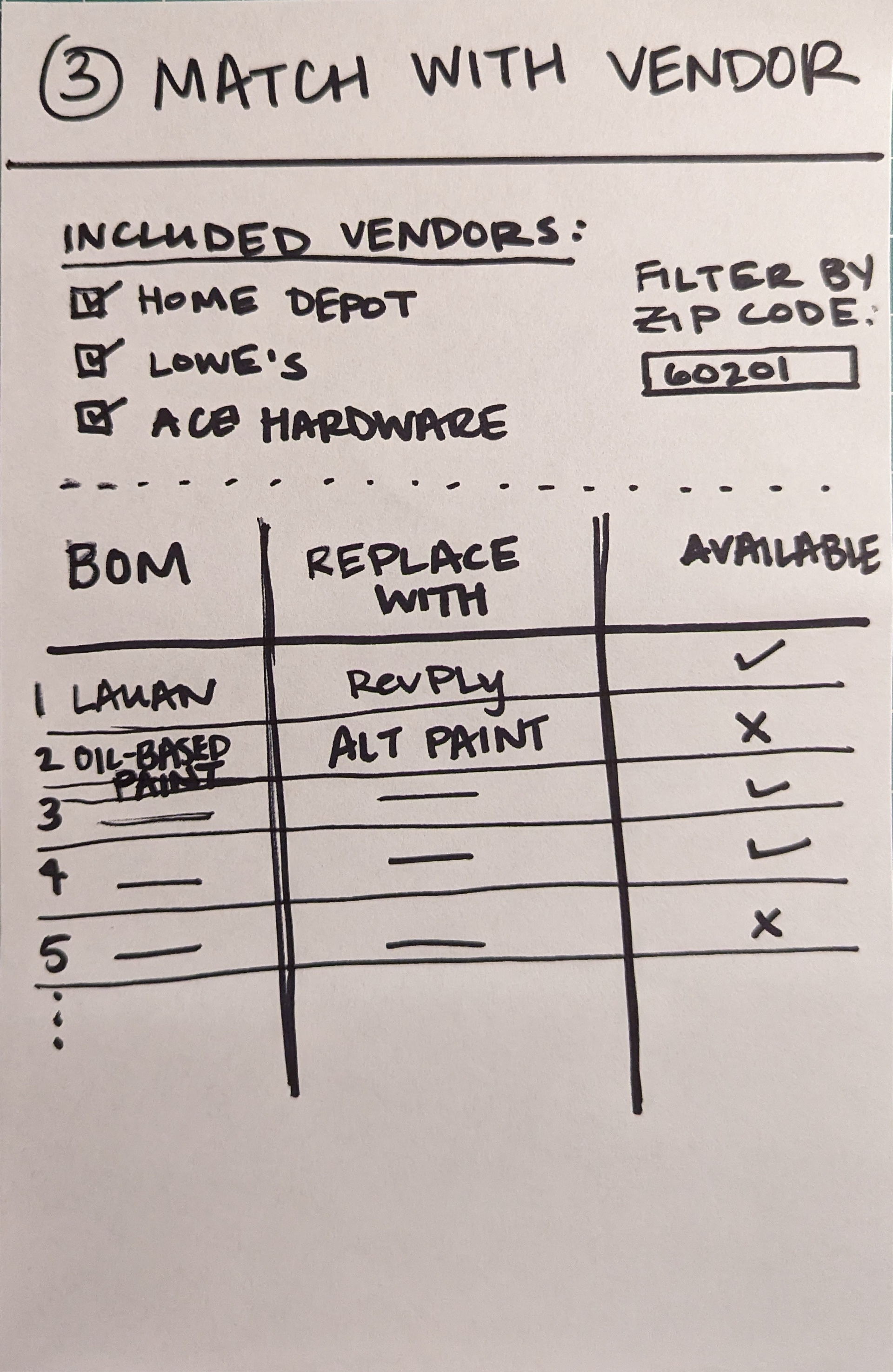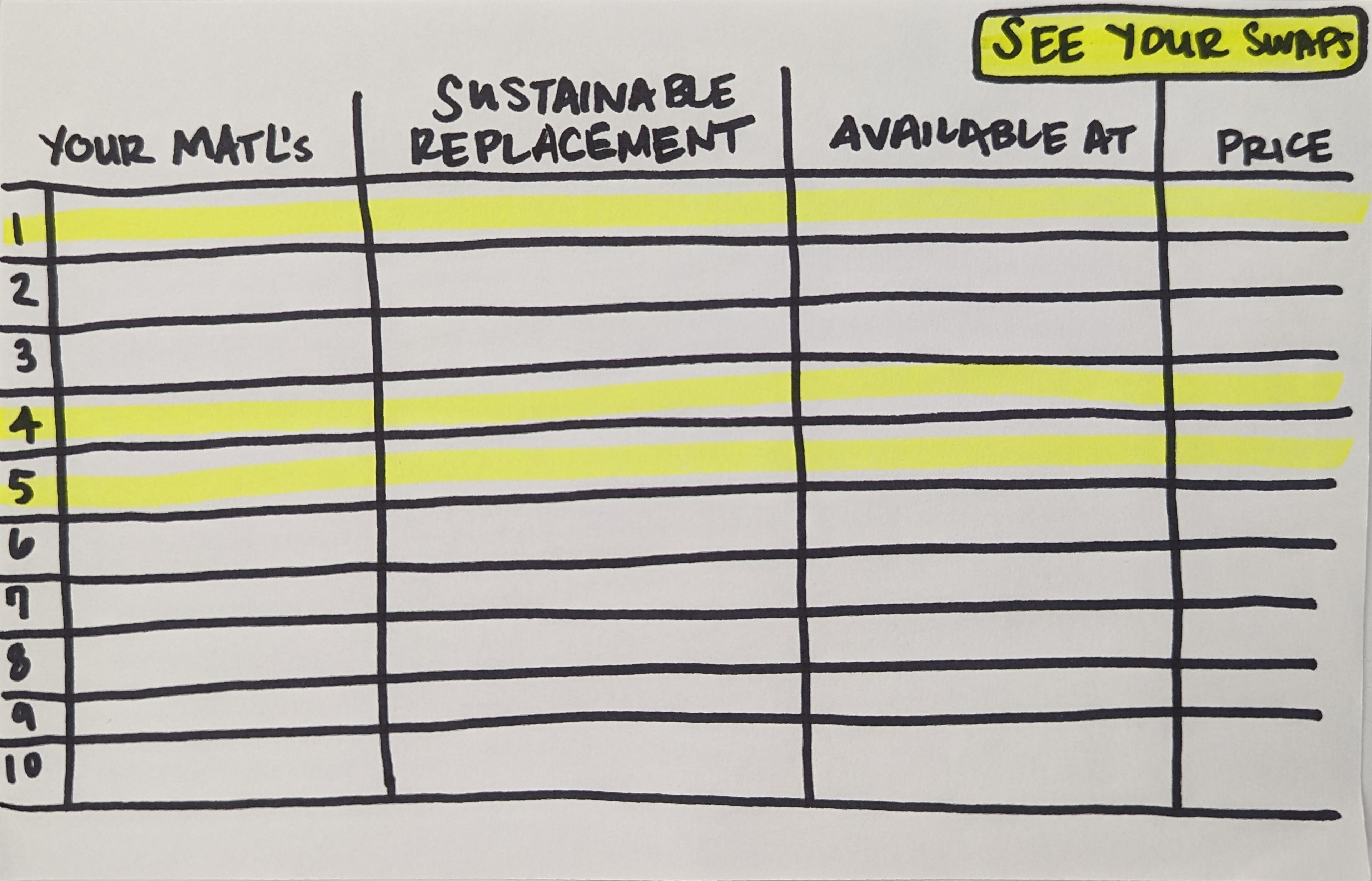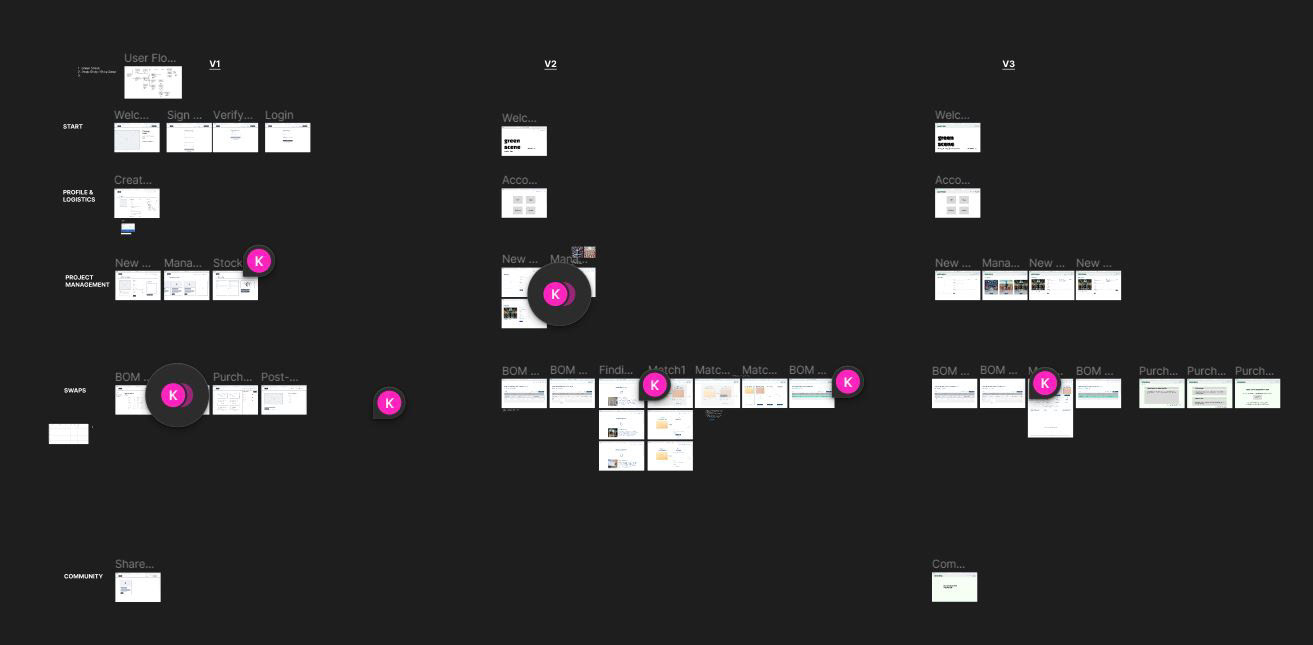Context
As a culmination of my Master’s program, I was asked to design a physical or digital product or service that meets a need employing human-centered design principles. This project spanned two academic quarters (approximately 20 weeks) with the first quarter focused mainly on topic refinement and research and the second quarter focused on concept development.
Personally, I wanted to dedicate my time to something that cut across industries, combining my love for the arts and sciences and the people and places that exist in them while improving upon the skills I gained over the course of my program.
The theatre industry has always held a special place in my heart having grown up around it and participated in many a production in my lifetime. As such, I’ve witnessed firsthand the struggle of small- to medium-sized theatres to operate within tight production windows with limited resources and limited space. Within the realm of set production, folks are scrappy – trying to reuse as much as they can – but often, the easiest, most convenient thing to do is to dump everything and start over when the next show comes around, sending a lot of material waste to landfill.
Deliverable
I presented a digital concept created in Figma called Green Scene.
For set professionals who need to keep scenic elements within budget but desire to make more sustainable choices for their production, the Green Scene research tool is a way to compare set materials based on performance, price, and availability in one place, saving time and effort spent scouring the internet.
Green Scene exists to serve two purposes: to help set teams buy sustainable product and to strengthen the reuse case.
Buy Sustainable
Inevitably, given time and labor constraints, teams will have to buy new materials for a production, so Green Scene provides more sustainable alternatives to commonly-used set materials that are better for the workers and the environment.
Features include:
Project Management
Green Scene keeps record of past productions, so there’s a reference point for materials handled and decisions made during previous planning phases.
In addition, the access sharing feature allows all team members to be an active part of the review and revision process as soon as changes are made.
Material input is familiar as it reflects many teams’ current method of using spreadsheets.
Scene Swaps
Green Scene reads and analyzes material inputs to suggest alternative materials that are better for the environment and for the health and safety of those working with them.
Suggestions are made based on information pulled from existing third-party material databases and life-cycle assessment tools.
There is a multi-factor rating of price, safety, positive environmental impact, and ease of use in set applications, allowing users to make their own choice based on team objectives and priorities.
Vendor Aggregation
Once a material list is finalized, users again have a choice in selecting vendors from which to purchase based on location, updated pricing, and delivery options.
Green Scene displays vendor offerings in one place, so users can compare on the spot instead of hopping from site-to-site.
Strengthen the Reuse Case
Because set teams rarely have a robust way of tracking of their materials, objects, etc., Green Scene lightens the burden of the logging process to ensure an easier path to reuse and thus, to reduce the waste-to-landfill.
Features include:
Stock Library Community Page
Users can add recent purchases and edit the condition of materials as they are used such as updating the number of full or partial sheet goods or adding pictures to indicate the state of the material.
Logged items can be suggested in the Scene Swaps section for future productions, and users can have a better idea of what they have.
Users can visit and contribute to instructionals, case studies, and forums to aid in the use of Green Scene’s sustainable material suggestions.
Information is crowd-sourced to alleviate the burden of individual trial-and-error and to inspire broader-scale mindset shifts to greener production practices.
Takeaway
Know when to keep going, and know when to stop.
As a perfectionist, I tend to lean into the spirit of “continuous improvement” past the point of effectiveness. It’s important to think about the countless ways your product can be used, changed, and elevated, but timelines will always prevail. It’s equally as important to make sure one thing is done well versus a lot of things done poorly.
Process
Research
Roughly 15 years ago, a movement to “green” theatres took off for two of the top global hubs for theatre: Broadway (in New York City) through the Broadway Green Alliance and the West End (in London, UK) through Julie’s Bicycle. Organizers pushed to have lighting changed from incandescent to more efficient LED bulbs, to host recycling and clothing drives, and to implement “green captains” in the casts and crews of major productions who advocated for things like reusable water bottles backstage.
Today, these efforts continue, but have not grown much from their original operations, and they have not been reproduced as effectively in other theatre-centric cities like Chicago, or at even smaller scales in academic or community theatre.
After consulting reports and articles on this topic over the past decade, I conducted in-person and virtual interviews with 13 theatre-makers spanning from academic to professional settings and in artist, director, and management roles.
We covered everything from successes and hardships in the theatre industry as a whole, to their own practices and processes in set design and production, to conceptual feedback – all to uncover what makes sustainability difficult to tackle.
Resoundingly, I heard that:
1 | Set workers desire to spend time considering how
to make their craft sustainable but get bogged down
by logistics including demanding production
schedules, unruly storage, and safety concerns.
2 | Sustainability in theatre is largely practiced on a
small scale and is individually-driven.
It was clear that theatre organizations excel at the traditional “R”s of reuse, recycle, and repair, typically out of necessity and less out of a strong motivation for sustainable practice.
Theatres tend to fall short in refusing to use certain materials/processes, reducing consumption from the planning phase, and reimagining the theatre model to incorporate sustainability at all levels.
As such, theatres often reach for the “low-hanging fruit” more than activities that encourage long-term commitment to sustainability.
Thus, it was evident that a design solution should match the current mental load of designers during the production process or reduce it to take robust steps toward behavioral change in a theatre organization.
Existing Tools
Organizations like the Broadway Green Alliance and Julie’s Bicycle have done a huge amount of work to collect resources, tools, and stories from theatres around the world who are focused on sustainability, but theatre-makers told me that it can be overwhelming and time-consuming to find what they need, when they need it and to be assured that the information they receive is appropriate for their specific requirements.

Green Theatre Toolkits & Guides (Broadway Green Alliance)

Creative Climate Tools (Julie's Bicycle)

Green Theater Choices Toolkit (Mo’olelo Performing Arts Co.)
My research led me to consider the following question:
How might I aid sustainable practices in theatrical set production with an experience that is seamless, credible, educational, and encouraging?
Concept development
I spent time brainstorming in three opportunity areas I identified based on my research:
After grouping and receiving quick feedback on clarity, I distilled my ideas into two main digital concepts, expressed through rough sketches of key frames.
“Theatre Pen-Pals”
A matching service that scans production seasons at theatres in a select region, identifies overlap, and connects reps to share set pieces



“Model Magic”
A program that reads your designs for set/scenery and suggests swaps for more sustainable materials based on store availability and price




While “Theatre Pen-Pals” represented an ideal situation for reuse enablement, discussions with set professionals gave me insight into the difficulty of the logistical viability of the program, especially with regards to ownership and transport of materials and goods.
Thus, I refined my “Model Magic” concept based on feedback regarding the order of operations during the pre-production process, the teams involved, and the information presented, eventually leading to Green Scene in its current state.

Getting feedback from a Technical Director

Playing around with ratings

Experimenting with visualization

Experimenting with visualization

Wireframing in Figma
